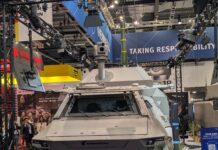Lockheed Martin’s Sikorsky business unveiled the S-70UAS U-Hawk unmanned helicopter at the 2025 Association of the US Army (AUSA) show, held in Washington, DC, from 13 to 15 October.
Described as a versatile autonomous unmanned aircraft system (UAS) that has 25% more cargo space than a typical Black Hawk helicopter, the S-70UAS U-Hawk shown at AUSA 2025 is essentially a UH-70L with its cockpit section replaced with actuated clamshell doors and a ramp. The aircraft’s conventional flight controls have been replaced by a third-generation fly-by-wire system integrated with Sikorsky’s Matrix autonomous flight technology.
The S-70UAS U-Hawk went from concept to reality in 10 months, with a first flight of the aircraft slated for 2026.
Speaking at AUSA 2025 on 13 October, Jay Macklin, director for US Army and Air Force strategy and business development at Sikorsky, told ESD, “The army asked industry to innovate and asked us to move fast. … The new normal is to innovate, move quickly; let’s see what we can do to give that next-gen capability.
“The army is still figuring out exactly how they’re going to tackle autonomy,” said Macklin in relation to the S-70UAS U-Hawk, “but one thing we all know is autonomy will be in the future, and everybody’s future, but how and where? I think it’s up to industry to innovate and give good ideas and show people. So I think it’s a great example.”
By eliminating the cockpit section, the S-70UAS U-Hawk offers the flexibility to accommodate oversized loads up to the maximum gross take-off weight of the aircraft, which for the UH-60L is just under 10,000 kg. This would allow the aircraft to perform a number of new missions, such as deploy an uncrewed ground vehicle, such as the HDT Hunter Wolf 6×6; transport up to four Joint Modular Intermodal Containers, as opposed to two for a standard Black Hawk; or deploy launched effects carrying sensors or munitions from launchers secured to the cabin.
Regarding endurance, the S-70UAS U-Hawk could self-deploy to a range of over 1,600 nautical miles (2,963 km) or loiter for up to 14 hours without refuelling.
Rather than a pilot, the S-70UAS U-Hawk would be controlled by an operator with a tablet from start-up to shut down. The Matrix autonomy system will automatically generate a flight plan, relying on cameras, sensors and algorithms to help navigate the U-Hawk safely to its destination.
Rich Benton, Sikorsky’s vice president and general manager, was quoted as saying in a Lockheed Martin press release that the modifications required to transform a crewed Black Hawk into a multi-mission payload UAS “can be replicated at scale, quickly and affordably”.
Igor Cherepinsky, Sikorsky’s innovations director, added that the U-Hawk offers a cost‑effective utility UAS by leveraging commonality with the existing UH‑60 fleet, while its uncrewed nature reduces both operating and maintenance costs.
“We focused on efficiencies in the retrofit by designing and manufacturing vehicle management computers, actuation components and airframe modifications,” said Cherepinsky, adding, “We will incorporate those efficiencies into future modifications and manufacturing for our family of UAS products.”
The unveiling of the U-Hawk at AUSA 2025 follows on from Sikorsky demonstrating autonomous flights of an Optionally Piloted Black Hawk in 2024. In July of that year, at Stafford Airport, Virginia, and again in October 2024 at the AUSA show, Sikorsky and the US Defense Advanced Research Projects Agency (DARPA) demonstrated autonomous flights of the Optionally Piloted Black Hawk to US Department of Defense (DoD) officials. At the October demonstration DoD leaders on the AUSA tradeshow floor learned to send high-level mission goals to the helicopter while 300 miles away, at Sikorsky’s headquarters in Connecticut, the aircraft autonomously took off, hovered, flew a short circuit of the flight field and landed successfully.
Initially intended to improve the flight safety of crewed helicopters, the Matrix system was matured with funding from DARPA’s Aircrew Labor In-Cockpit Automation System (ALIAS) programme. Advanced features include assisted flight handling for two pilot operations, virtual co-pilot for a single pilot or fully autonomous flight with no pilots.
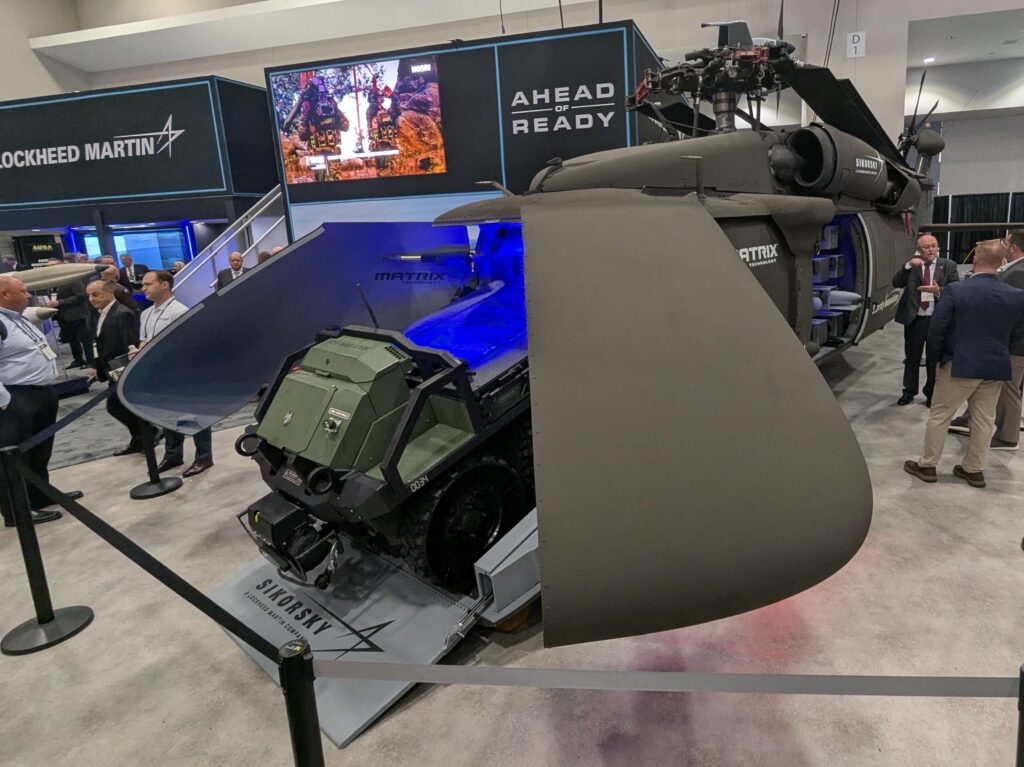


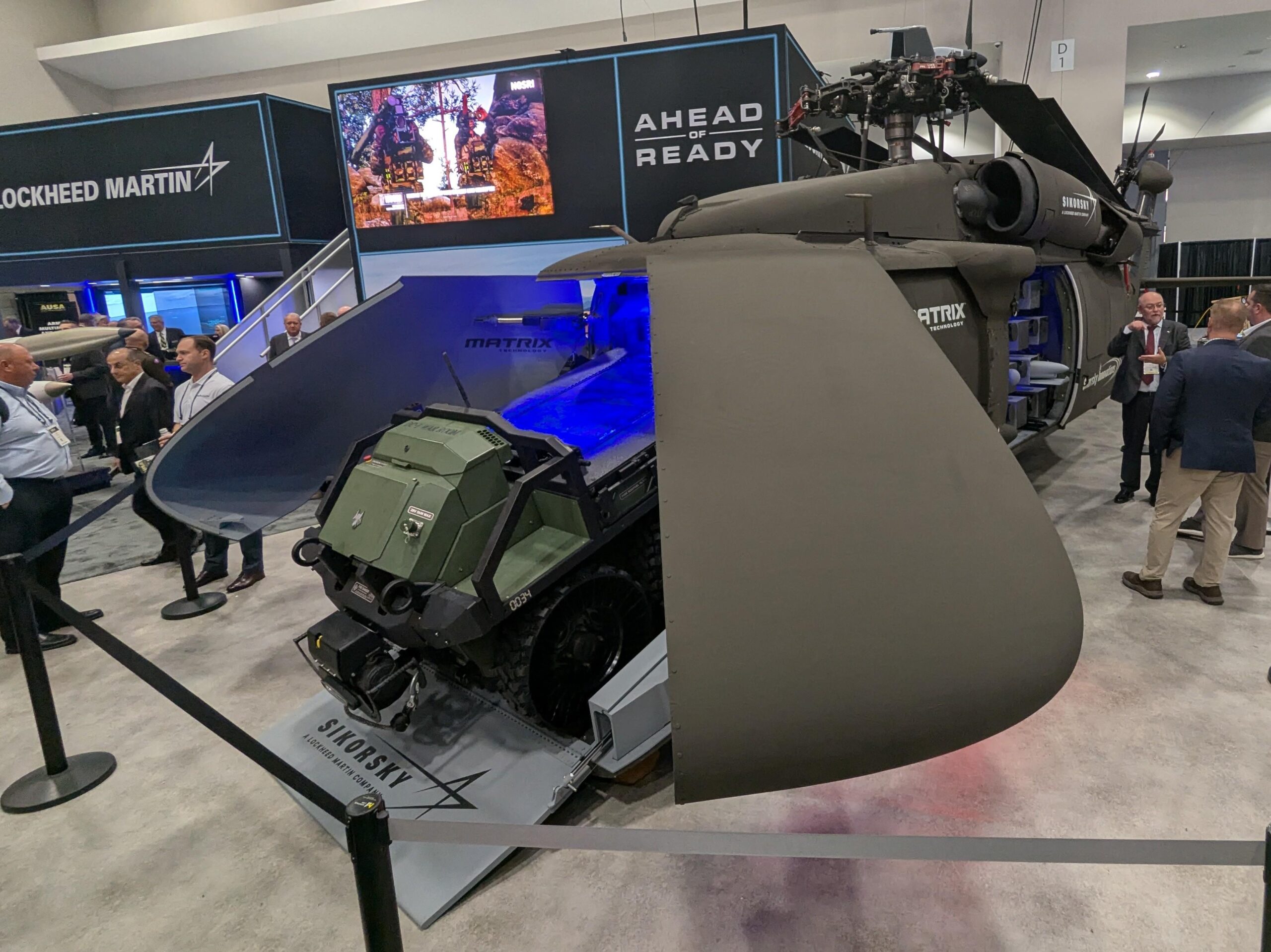

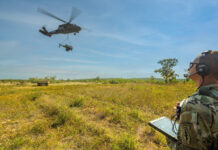
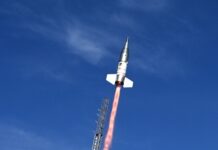
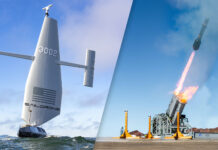

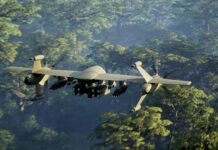
![Pilots for soldiers A US Soldier assigned to 2nd Brigade Combat Team, 101st Airborne Division operates the Kraken during exercise Spectrum Blitz 25 at the Hohenfels Training Area, Germany, on 11 April 2025. [US Army/Sgt Collin Mackall]](https://euro-sd.com/wp-content/uploads/2025/09/Spectrum-Blitz-25-US-ArmySgt-Collin-Mackall-Kopie-218x150.jpg)
![Hypersonic weapon interceptor developments The US MDA plans to conduct Flight Test Aegis Weapon System-43 (FTM-43) with the goal of using an upgraded Standard Missile-6 (SM-6) to physically intercept an HTV-1 hypersonic target. [MDA]](https://euro-sd.com/wp-content/uploads/2025/09/SM-6-_-8314132-Kopie-218x150.jpg)

